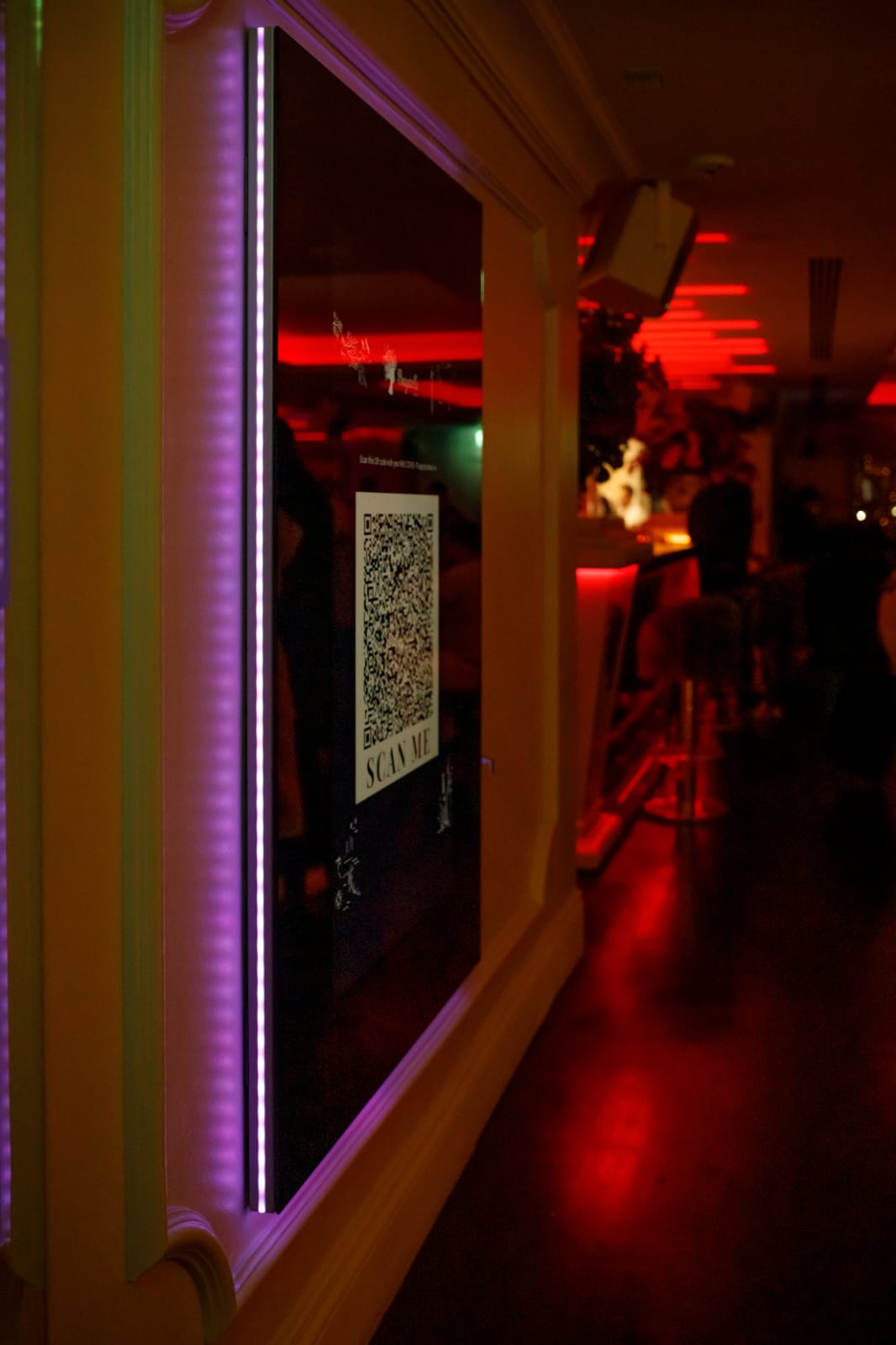Jarábik Barbara talking about luxury brands advertising solutions today: Make sure your messaging is consistent – from your website to your social media posts, everything should reflect the luxury image you are trying to create. Be strategic in your use of social media marketing – a luxury brand should be active on social media platforms to generate brand awareness. However, it’s important to maintain a sense of privacy and exclusivity with your online presence. You should also consider the demographics of your target audience and use the digital platforms that will reach them most effectively. It is forecast that Gen Y (born between 1981 and 1996) and Gen Z (born between 1997 to 2012) will represent 45 percent of all luxury sales by 2025. Therefore they should play an important part in your digital marketing strategies.

Create the clubhouse effect: A product isn’t luxurious if everyone has access to it. That’s why every luxury brand has an aura of exclusivity and rarity. I like to call it the clubhouse effect. If you can’t drop $2,000 on a purse, you’re not in the clubhouse. If you don’t own the $125,000 BMW, you’re not in the clubhouse. You get the point. You can create this effect by using rare materials, creating a limited amount of inventory, or only catering towards a very specific target audience. Have you ever seen those Yeezy sneakers everyone is going crazy about right now? They are the perfect example.
Email marketing is extremely effective for e-commerce marketing and increasing customer loyalty, as it provides the opportunity to educate consumers and tell them about new experiences or products offered by the brand. Harrods do an exceptional job with their email marketing campaigns, and are well worth subscribing to for email campaign inspiration. In the near future, talking about online and offline will be like talking about the benefits of our left leg vs. our right leg. Both are integral to the other. It seems that every few months Burberry are running a new online brand-awareness campaign, driving luxury shoppers into their stores. Once those customers are in the stores, they’re encouraged to take pictures, share content, watch live streams, and use in-store iPads.
You’ve written ads to catch the eyes of affluent searchers. You’ve negated keyword modifiers that imply discounted pricing. Now let’s dive into income-based geo targeting. This is another truly phenomenal way to cut wasted spend and ensure the ads you’re paying for end up in front of the right people. How do you make that happen? Simple. According to Google, income-based location targeting is “based on publicly available data from the US Internal Revenue Service (IRS), advertisers are able to target ads to certain areas according to their average household income.” When you created a customer profile, detailing your ideal consumer, average household income was probably something you considered. It’s part of how you determine what you sell and how you sell it. Now you can leverage IRS data to help you to discover and advertise to these fine folks. And the best part? You can layer income-based targeting with your other location targeting for maximal effect. This means you don’t have to wholly exclude areas that fall outside of those designated as having higher household incomes; you can create separate campaigns (ensuring your budget is skewed towards geos in which the likelihood of your ideal prospects living there is greater) or just use bid adjustments.

With a solid system for managing your marketing plan and allocation of budget and focus, we can now dive into some of the specific channels and experiments you might want to test. When marketing luxury products, photographs are one of the best mediums for evoking the aspirational emotions that we connect with driving a luxury vehicle, wearing designer clothing, or experiencing something exclusive. As such, visual social networks like Pinterest represent a huge opportunity for luxury brands to raise brand awareness and advocacy. Find even more info at Barbara Jarabik.
Digital signage mirrors are another way for luxury brands to advertise efficiently : The world digital signage mirrors market was valued at USD 780 million in 2021. The global market is expected to grow at a CAGR of 12.21% to hit USD 910 million by 2023. Digital signage mirrors can vastly improve individual efficiency by choosing outfits as per weather updates while also offering bus and train schedules (including traffic updates). Digital signage mirrors in smart homes, planes, commercial spaces, hotels, etc. are designed to be connected to users as well as with different devices around. Energy efficiency is one of the major advantages that will drive the adoption of digital signage mirrors.